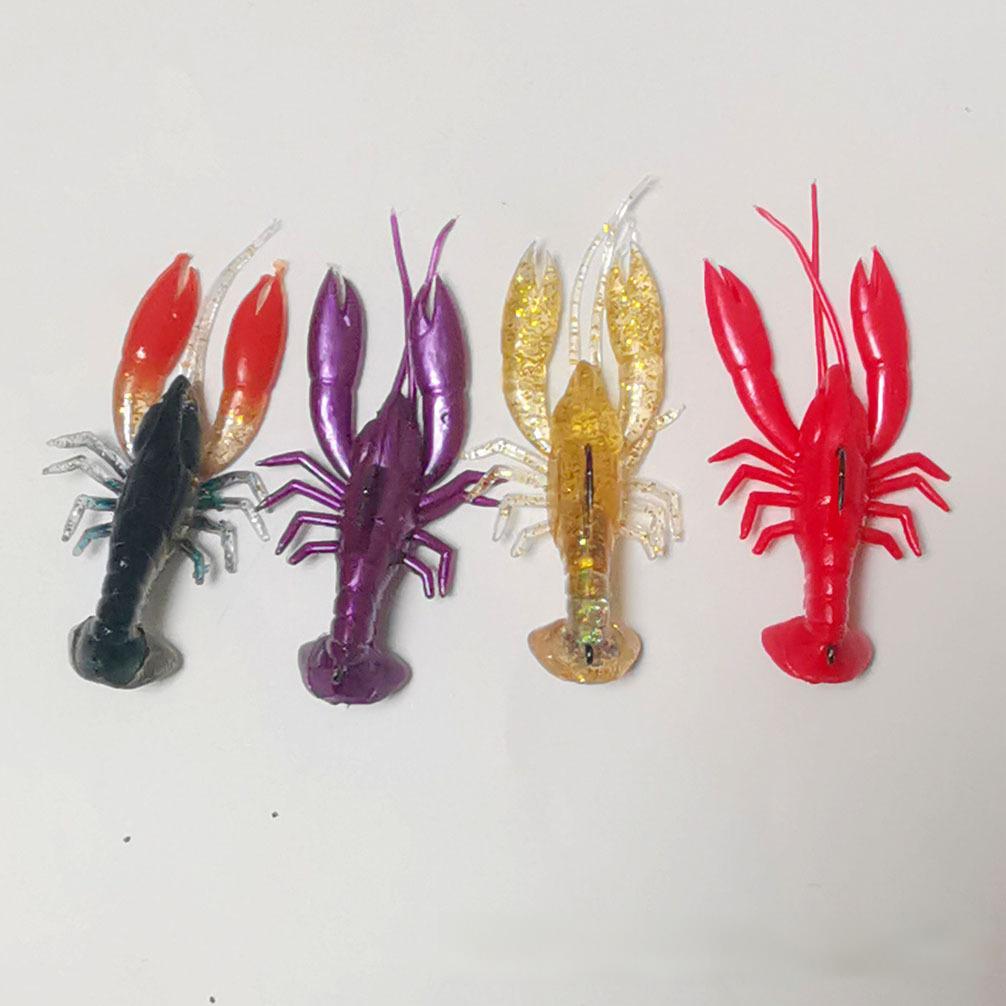Request A Free Quote
How to Work Soft Lures the Right Way
Soft lures have completely changed the way modern anglers fish. They look alive in the water, move naturally, and can be used almost anywhere — from quiet freshwater lakes to open sea reefs. If you learn how to work a soft lure properly, you can turn even a slow day on the water into a productive one.
The secret lies in how you make the lure move. A soft lure doesn’t have built-in action like a hard bait — you create the life through your rod and reel. The goal is to make it look like a small, vulnerable creature that a fish simply can’t ignore.

Start by choosing the right shape and size. Paddle tails give off strong vibrations that attract predators from a distance — great for active fish or open water. Slim stick baits or jerk shads move more subtly, ideal when fish are cautious or the water is clear. Curl tails or creature baits work best near the bottom, where they mimic worms, crabs, or other easy prey.
When you cast out, let the lure sink naturally. Many bites happen as it drops through the water column, so keep a close eye on your line — any sudden twitch or stop could mean a strike. Once the lure reaches the bottom, lift your rod tip gently, then let it fall again. That small hop and glide motion often looks just like a wounded baitfish.
Try mixing up your retrieve. A steady, slow roll works well when fish are actively feeding. Short lifts and pauses create a darting, dying effect that triggers reaction bites. Sometimes the best move is no move at all — just let the lure sit motionless, and watch what happens. The softer and more lifelike your bait looks, the more natural that stillness becomes.
Another key to success is adjusting to the conditions. In deeper or fast-moving water, use a heavier jig head so the lure stays in the strike zone. In shallow or calm areas, go lighter to keep the action subtle. Change colors depending on water clarity: natural tones for clear water, bright or glittery colors for murky conditions.
Above all, stay patient and keep experimenting. Working a soft lure is about feel — the connection between your hand, your line, and the lure below the surface. Once you sense how it moves and how fish react, you’ll start to “read” the water in a new way.
If you’re ready to take your lure fishing to the next level, explore our full range of soft lures. From paddle tails to creature baits, we offer durable, high-quality designs that move naturally and hold up to repeated strikes. Whether you’re chasing snapper offshore or bass in your local lake, the right soft lure can make all the difference.
So next time you’re out on the water, leave the live bait behind and let your soft lure do the talking. With a bit of practice and the right gear, you’ll be surprised how real it looks — and how fast the fish respond.






